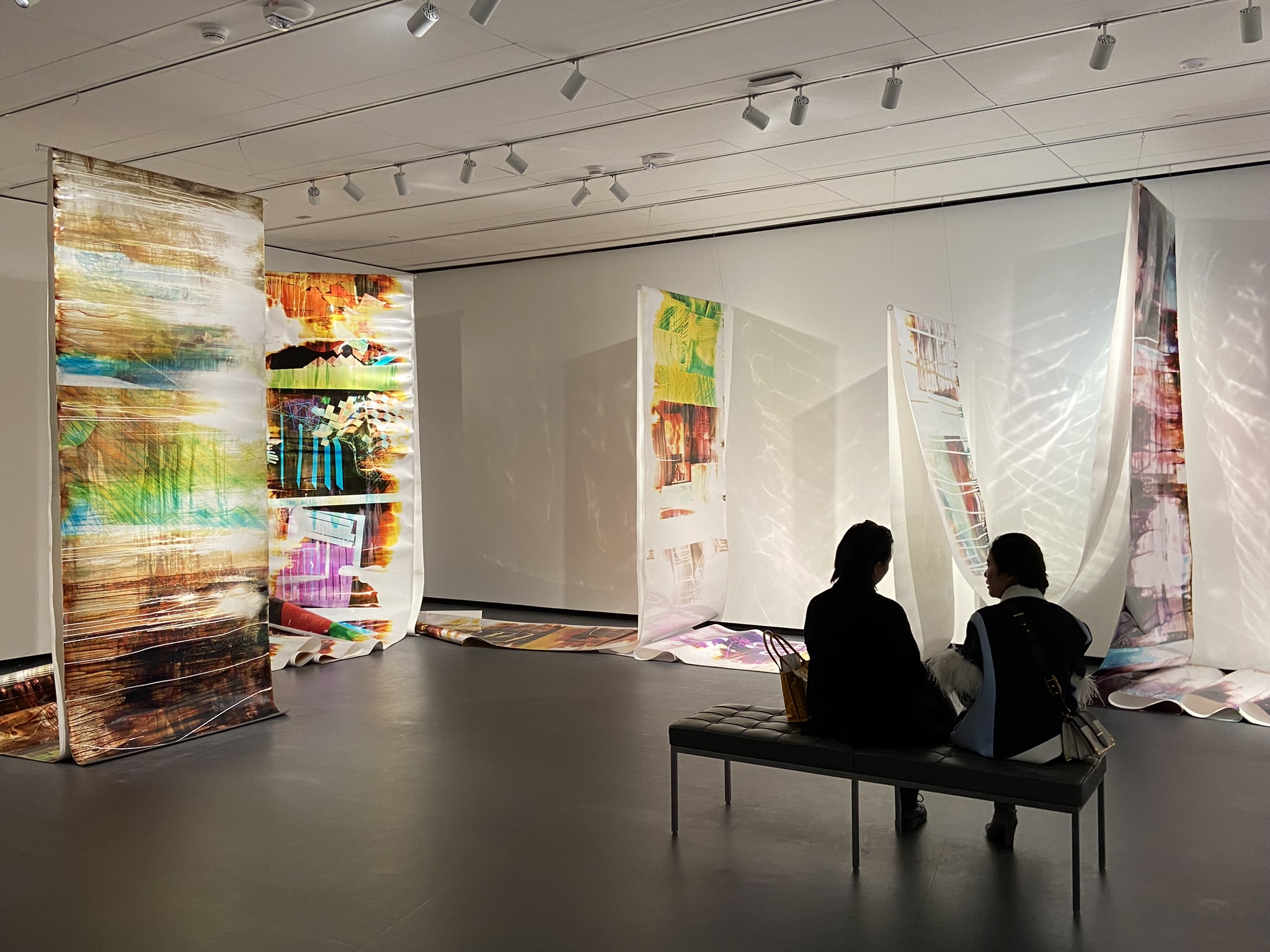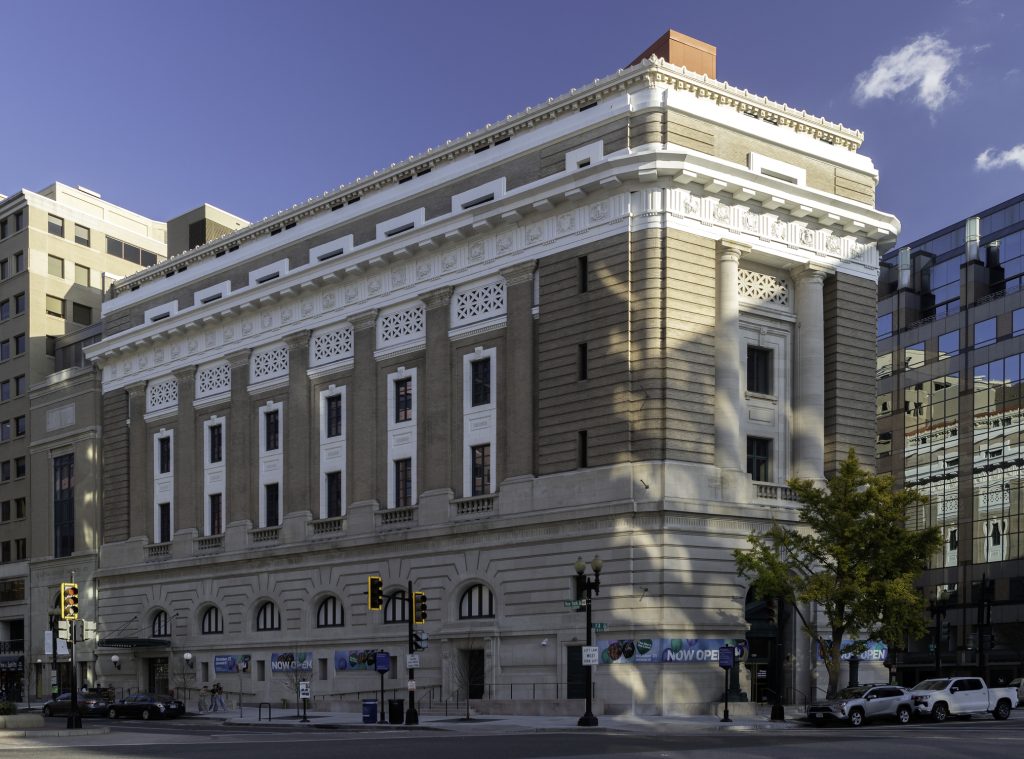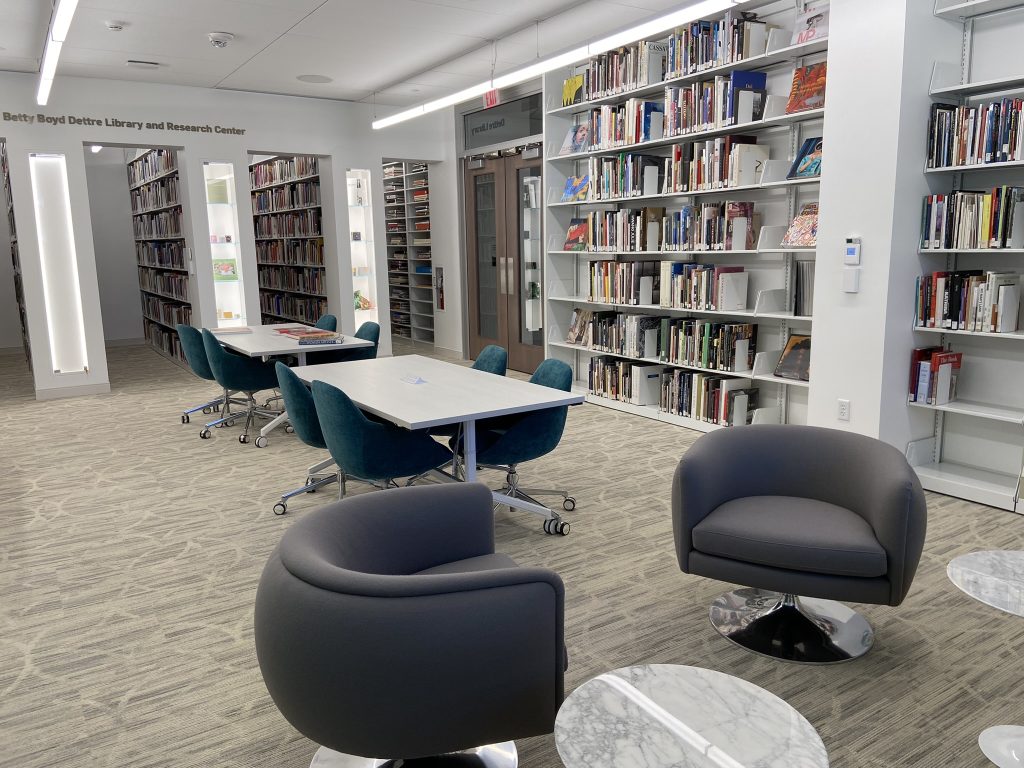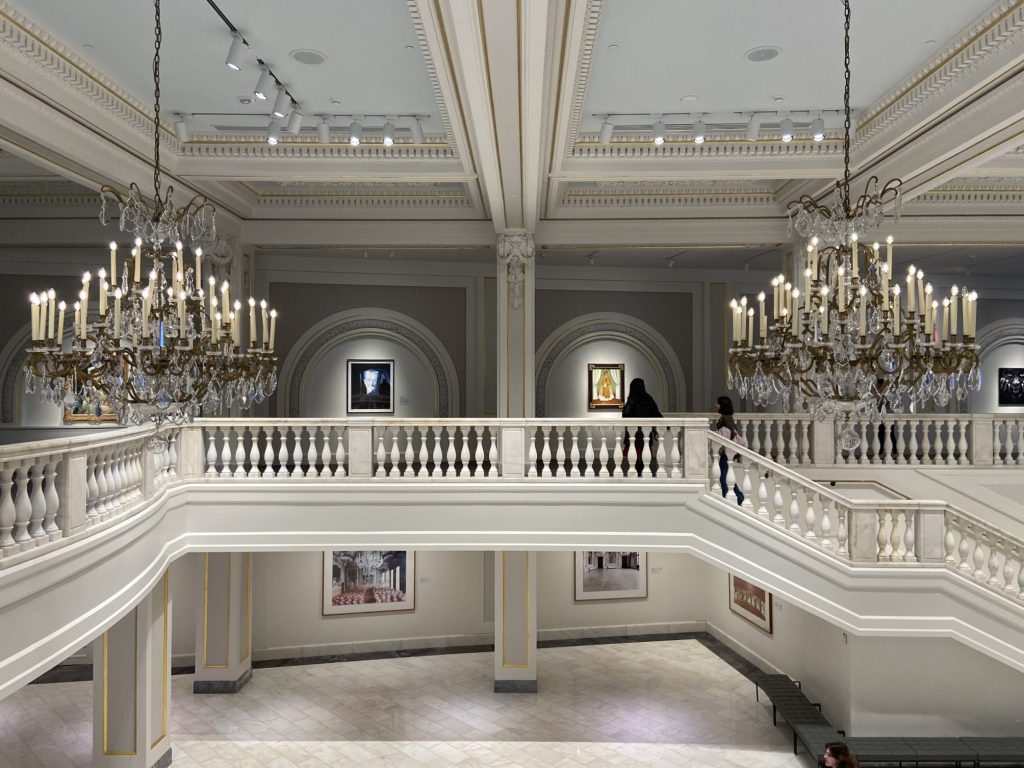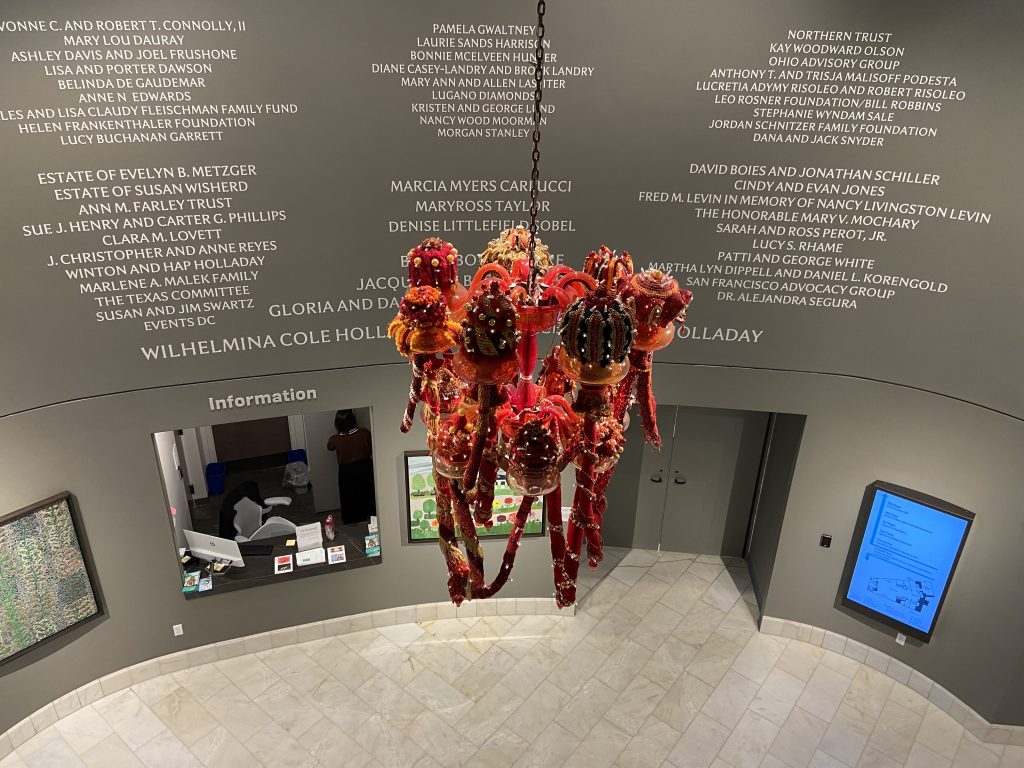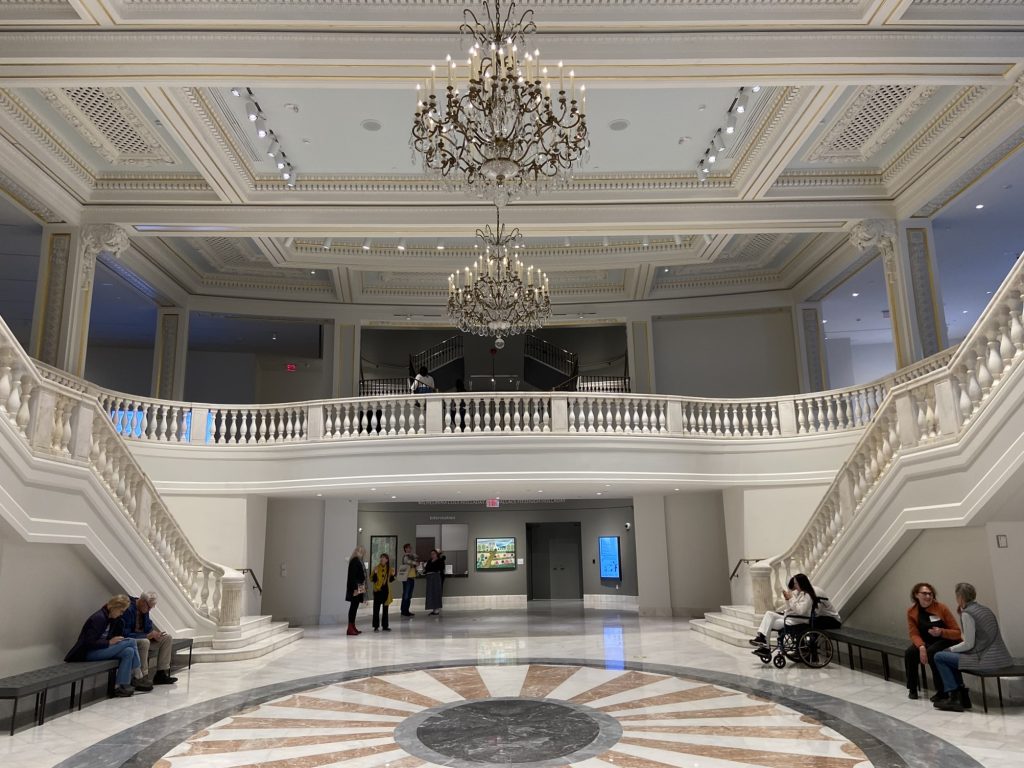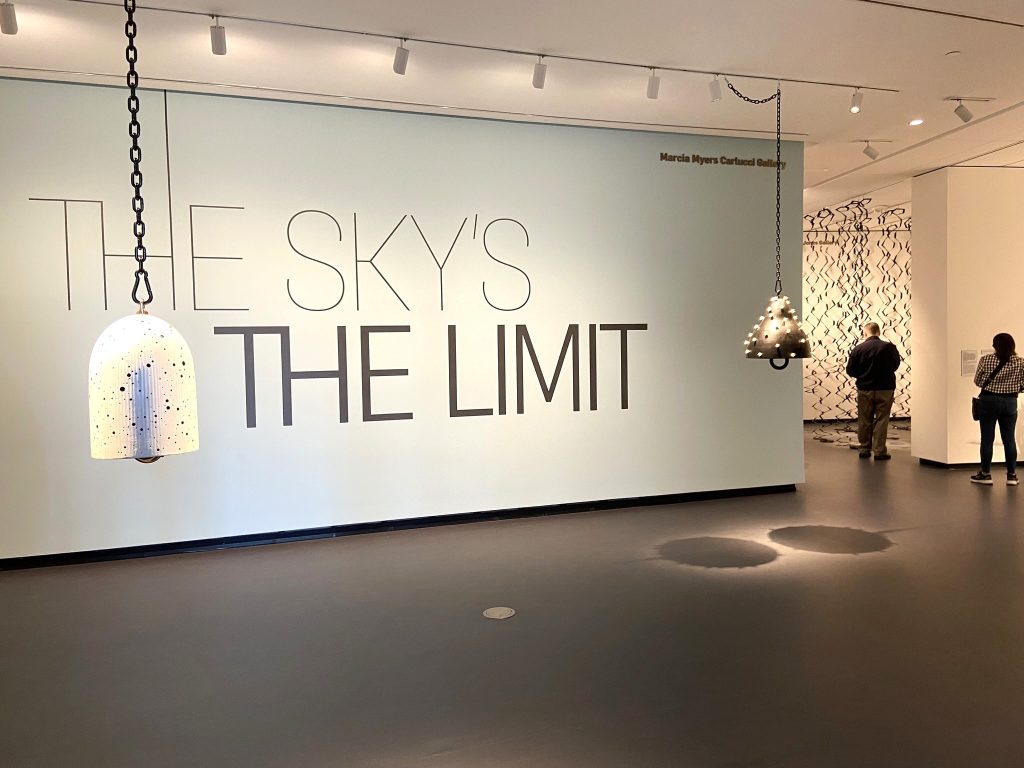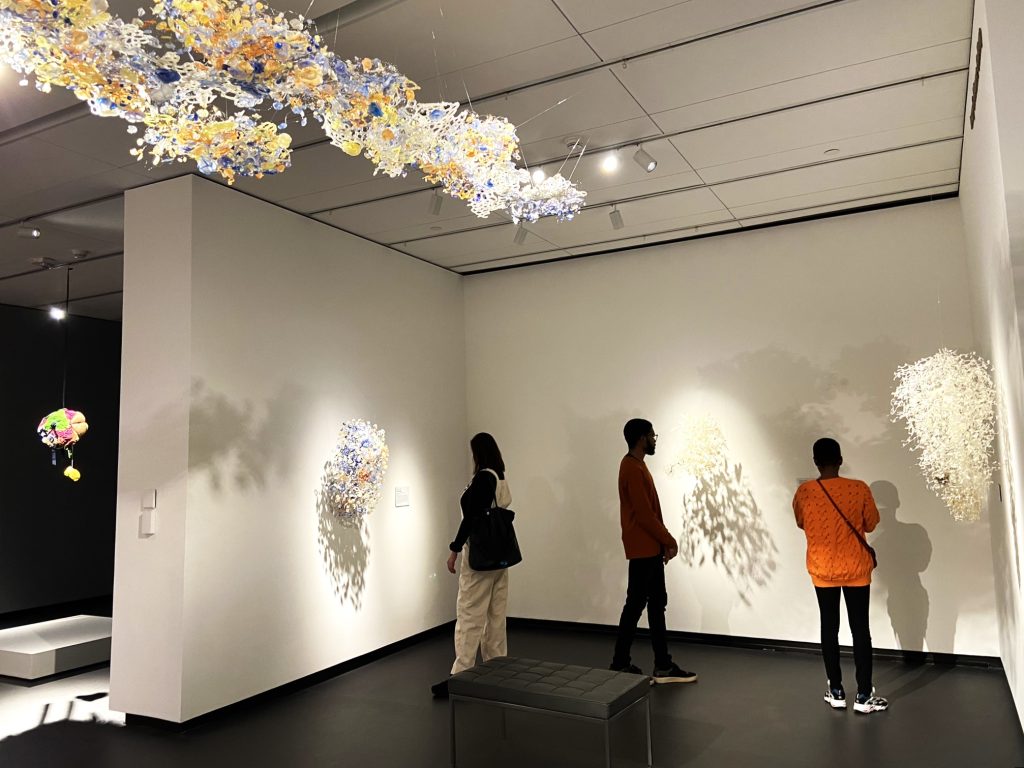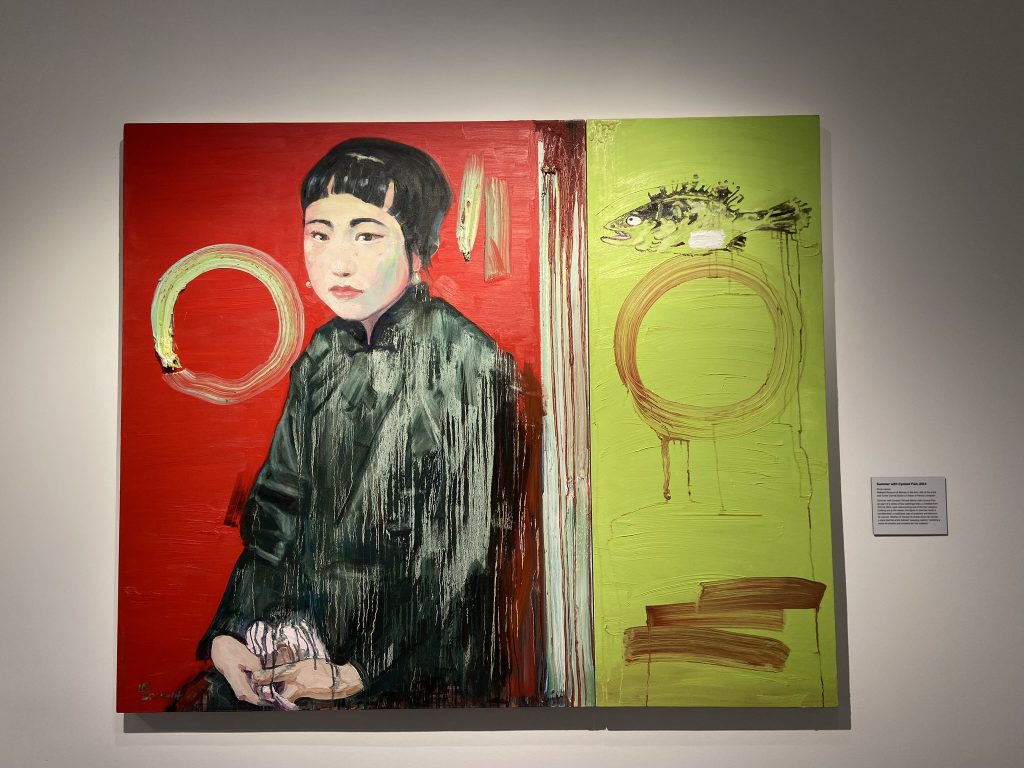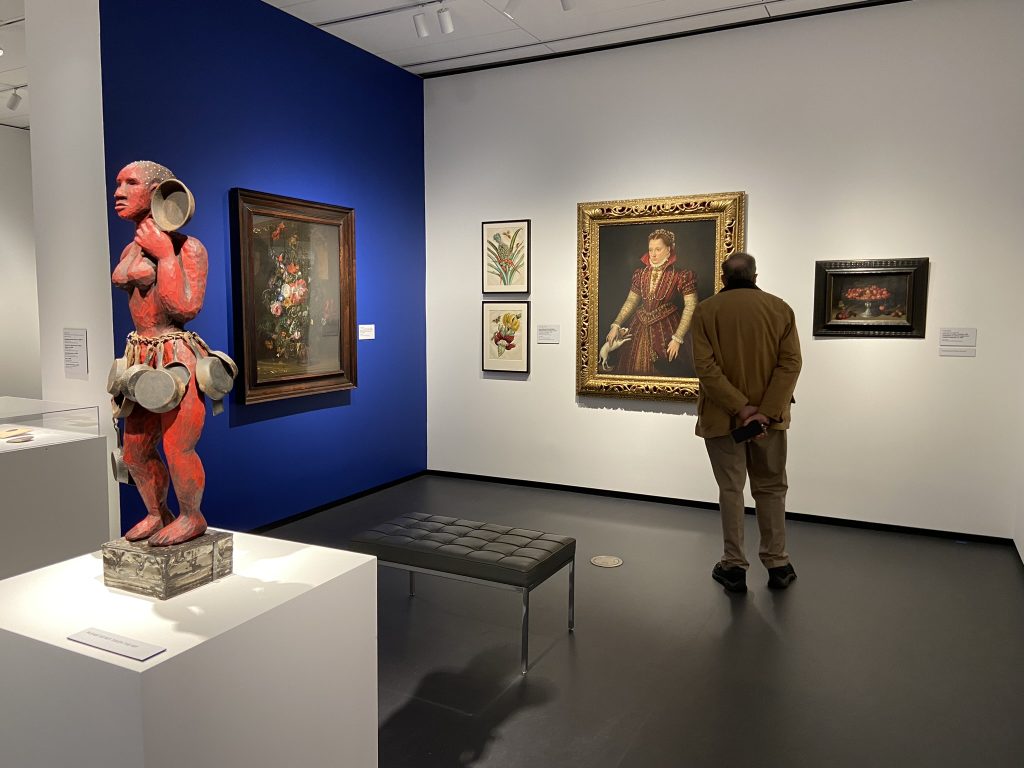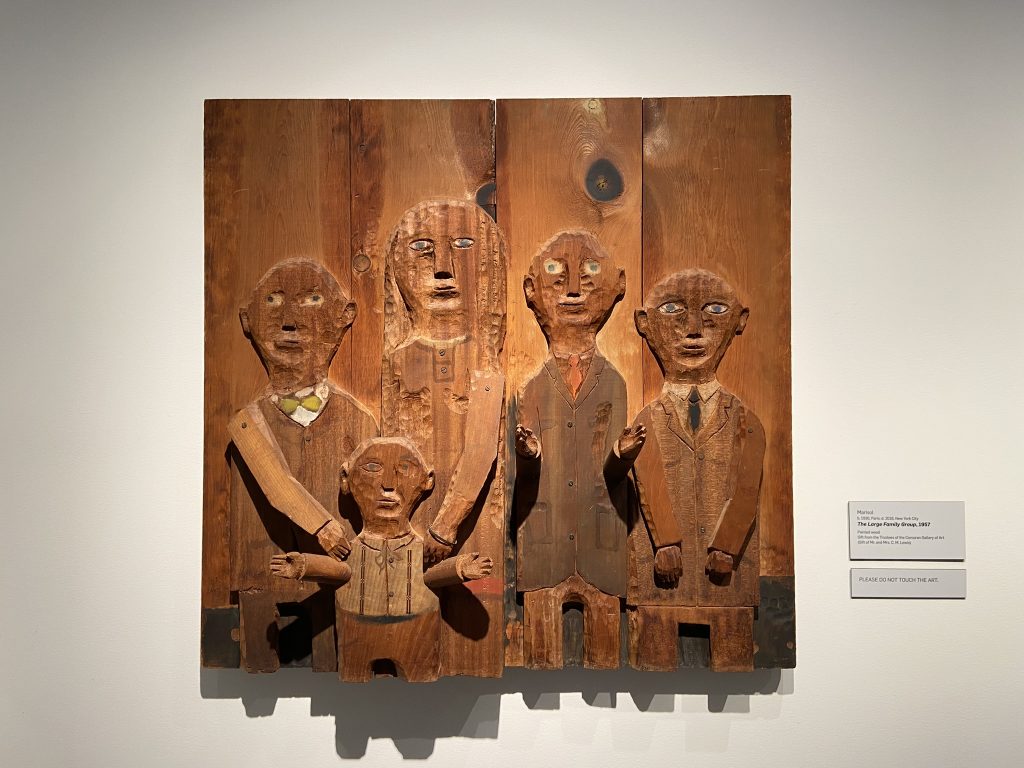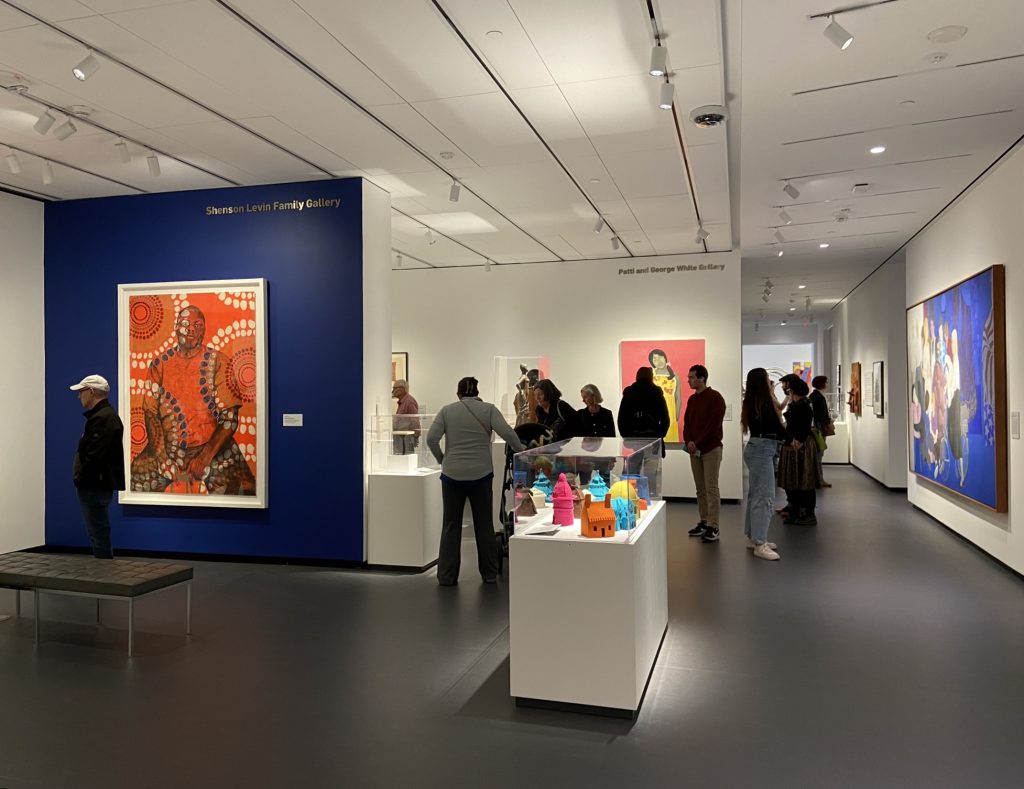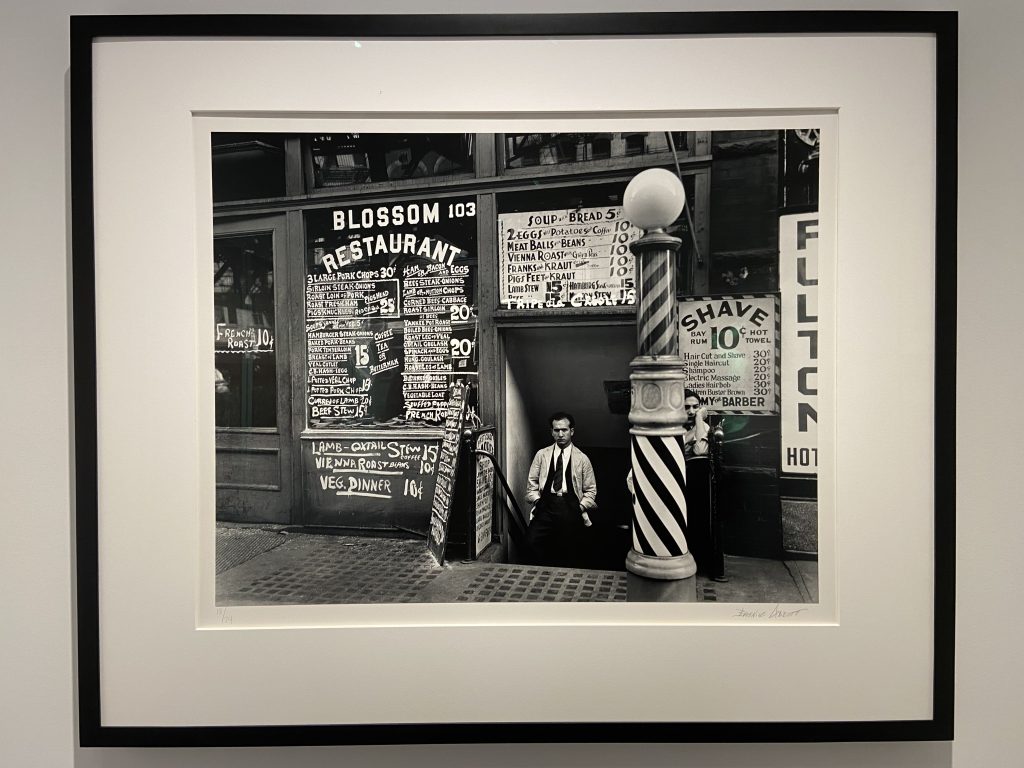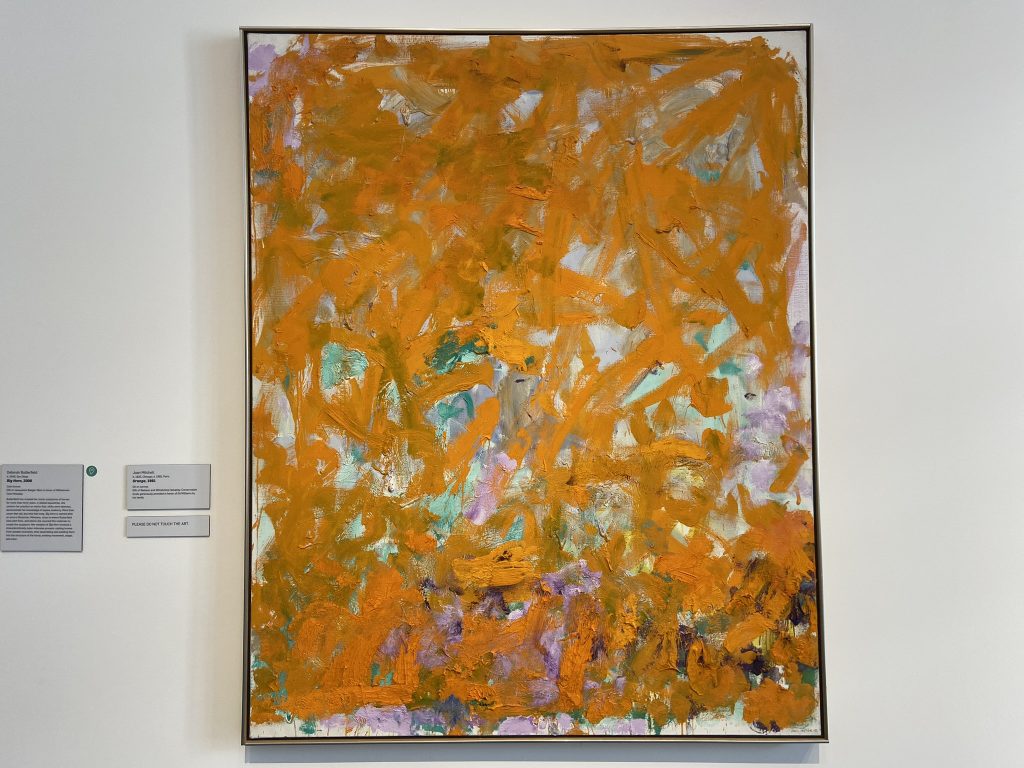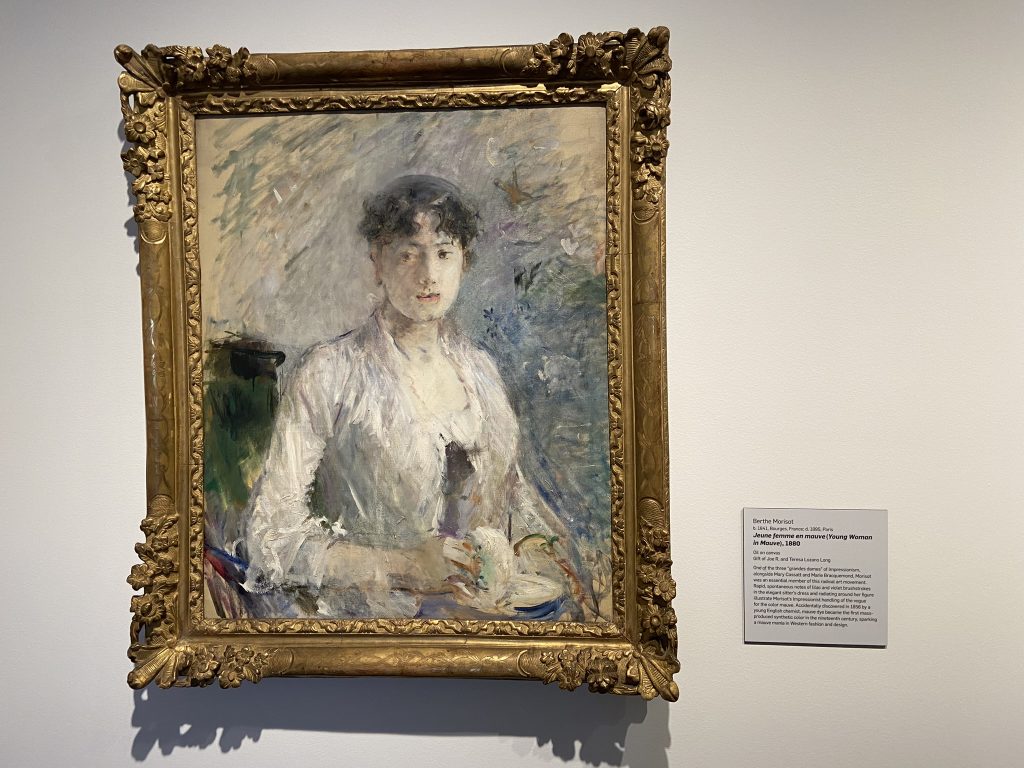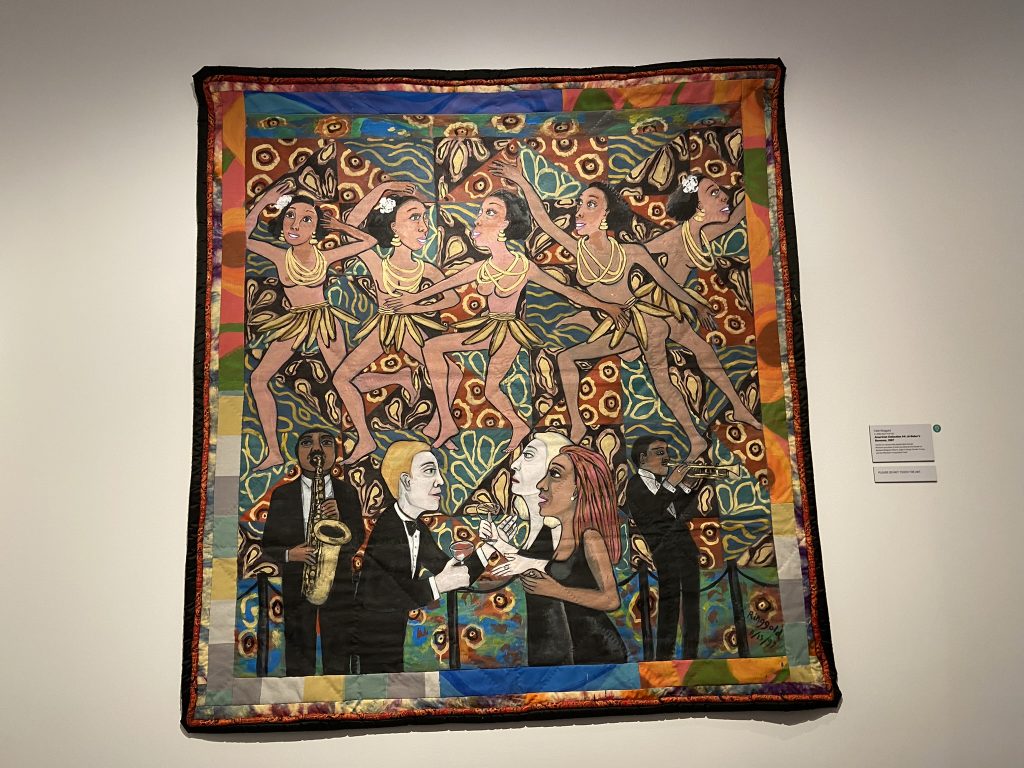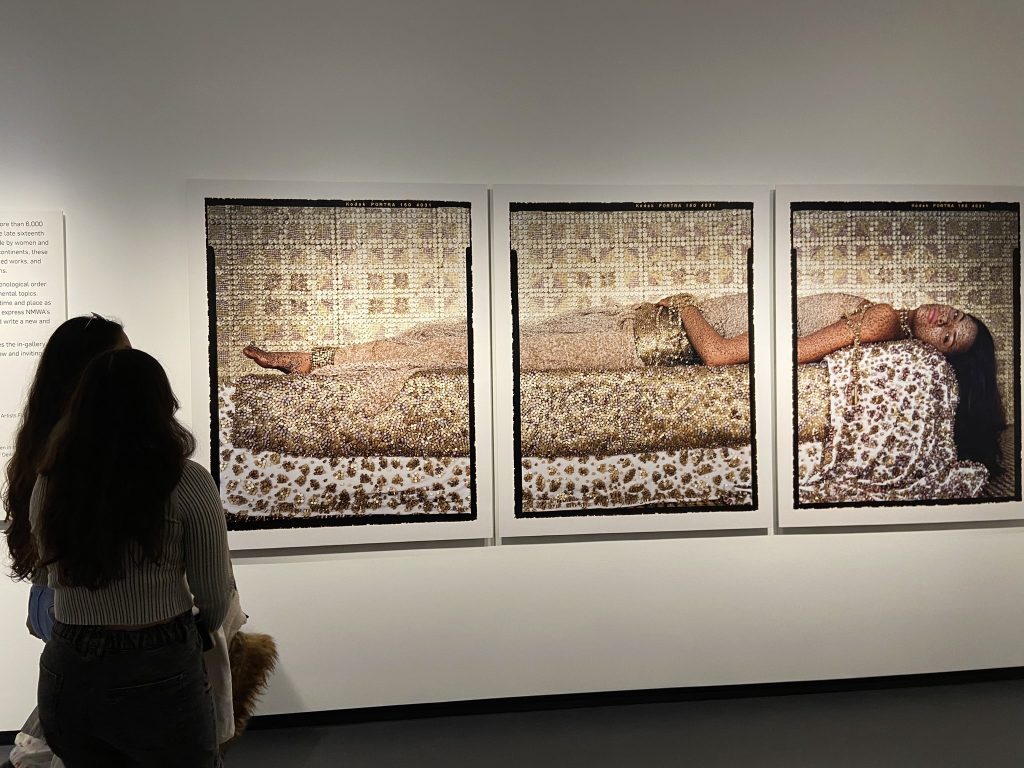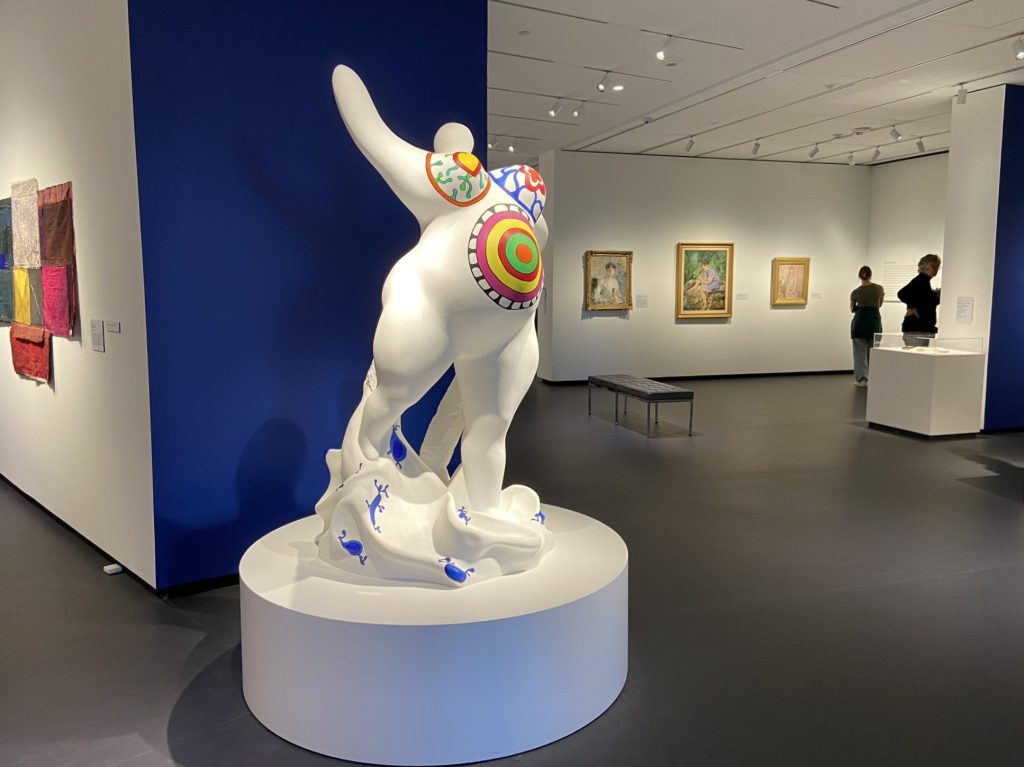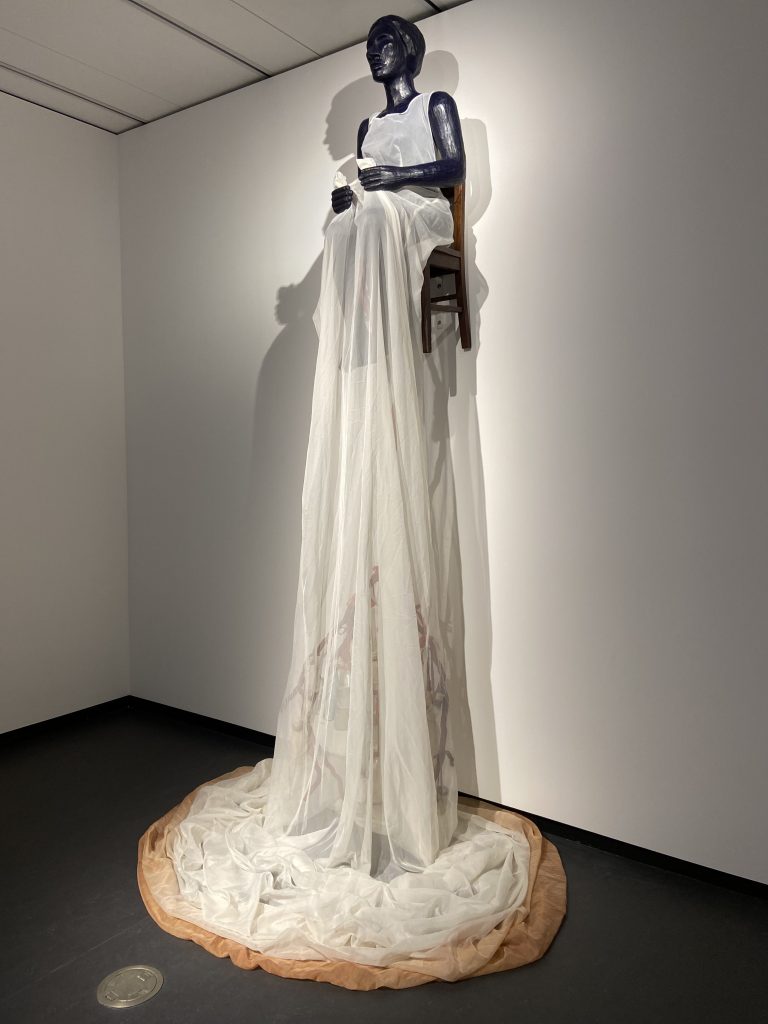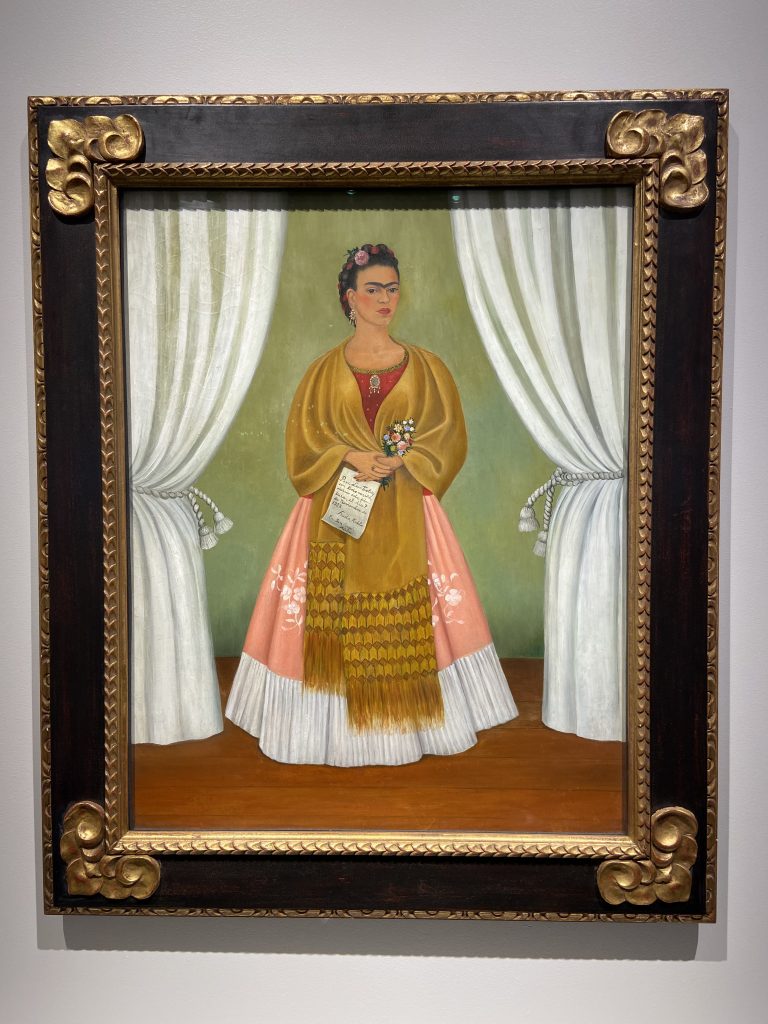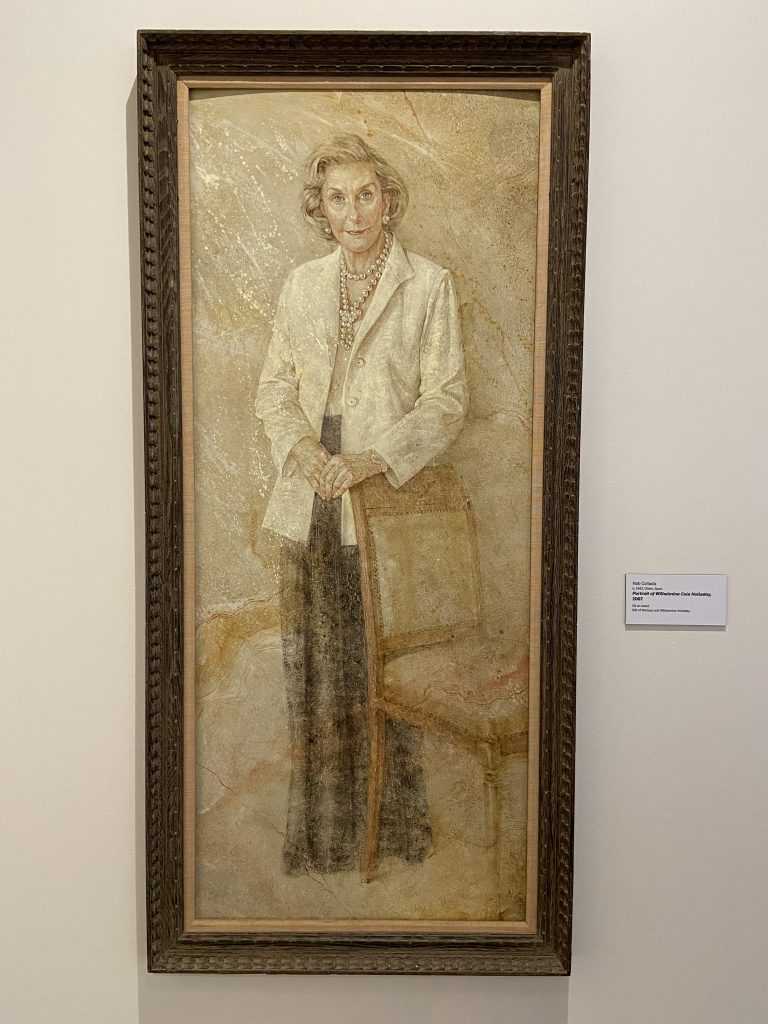A brilliant renovation at the National Museum of Women in the Arts (NMWA) in Washington, DC, has brought transformed and expanded gallery spaces, new areas for learning, and improved accessibility. After a two-year closure and construction that cost more than $67 million, the museum reopened in October 2023. Its exhilarating inaugural exhibitions include the appropriately named “The Sky’s the Limit” (on view through February 25, 2024), with mesmerizing large-scale sculptures and installations created by global female artists between 2003 and 2023. A new Learning Commons with a public reading room and an area for workshops and discussions, as well as the upgraded, fifth-floor 182-seat Mars Performance Hall, reflect NMWA’s commitment to providing opportunities for everyone to learn about art by women artists of all eras and nationalities.
The renovation honors the legacy of museum founder and art collector Wilhelmina Cole Holladay (1922–2021). She and her husband, Wallace Holladay, realized in the 1970s how difficult it was to find information about women artists in the era’s art history books. Indeed, the standard Janson’s History of Art included no women artists until 1986. She decided to focus her collecting on women artists of all periods and also gathered catalogs and books. NMWA, incorporated in 1981, became the world’s only major art museum dedicated exclusively to supporting women artists. It operated from the Holladays’ house until 1987 and then opened at its current location, three blocks from the White House, in a neoclassical structure built in 1908 as a Masonic temple. (Ironically, the Masons did not permit female members.) Today NMWA’s collection includes more than 6,000 works from the 16th century to the present by more than 1,500 artists. Over the decades, the status of women artists has improved, but numbers confirm the continued importance of the museum’s role in representing and advocating for women in the arts. One recent Artnet study noted that only 11 percent of all acquisitions at 26 major U.S. museums between 2009 and 2019 were works by women.
Exploring the Museum
With five floors and a mezzanine, there’s plenty to discover at NMWA, including an additional 2,500 square feet of gallery space from the reconfigured floors. A ground-floor gallery holds “In Focus: Artists at Work,” an intimate space that shows four short films (about three minutes long), each dedicated to a contemporary artist in the collection, such as Delita Martin and Rania Matar. The museum’s dazzling two-level Great Hall has white marble staircases and light-painted walls. Photographs by Mary Ellen Mark and Candida Höfer line the walls, and the mezzanine displays portraits and self-portraits by artists including Frida Kahlo.
“The Sky’s the Limit” fills the second floor with 33 monumental sculptures and installations, some of which hang from the ceiling, created by 13 artists in the last two decades. Some works are part of the collection; others are loans. Among the groundbreaking artists represented are Rina Banerjee, Beatriz Milhazes, Mariah Robertson, Ursula von Rydingsvard, and Yuriko Yamaguchi. It’s easy to see here how the renovation created more flexible spaces that can hold larger-scale works, and the increased sense of openness helps each work shine. On the third floor, “Remix: The Collection” (on view through October 2025) presents 133 collection highlights, most of them from the 20th and 21th centuries. Works are grouped by nine non-chronological themes relating to an artistic medium or an idea, such as Photo Credit, Seeing Red, Objectified, Fiber Optics, and Elemental. The curators felt that chronological presentations favor traditional mediums and gender-based art hierarchies. Some themes work better than others in displaying the art, but the collection’s depth and the artists’ creativity are clear. A few of the artists represented are Faith Ringgold, Marisol, Lalla Essaydi, Alma Thomas, Niki de Saint Phalle, Lee Krasner, Cindy Sherman, Joan Mitchell, Barbara Hepworth, and Rosa Bonheur.
The Learning Commons on the fourth floor includes spaces for intimate, focused exhibitions; a library and research center open to the public, with a marvelous collection of 18,500 books and print resources about women artists; and a flexible space for workshops and other programs. On display in one gallery here through October 2024 is Hung Liu: Making History, with revelatory works, most from the museum’s collection, by Chinese-born American artist Hung Liu (1948–2021). Liu used historical photographs and traditional images to create powerful portraits on canvas and paper of laborers, women soldiers, refugees, and other people often unrecognized in history.
Advocating and Educating
From its beginning, NMWA has been dedicated to supporting women artists around the globe. An upcoming exhibition, “New Worlds: Women to Watch 2024” (April 14–August 11, 2024), is the seventh in its triennial Women to Watch series. The museum’s network of outreach committees collaborates with curators in their regions to recommend underrepresented and emerging artists, who are then selected by NMWA curators for the exhibition. In addition, a section of the museum’s website is dedicated to ways that anyone can support women artists and help improve equality of opportunity in the art world, from speaking out about inequity to locating shows of art by women in different areas of the country.
The museum’s online calendar has a full schedule of events. Among its signature public programs are those in its Women, Arts, and Social Change initiative, such as Fresh Talk (viewable on YouTube), in which artists and social innovators come together to discuss issues and actions, and an annual MakeHER Summit that supports women entrepreneurs. The museum also offers two community days each month, when people can visit the museum for free. Educators and students are another part of the museum’s outreach, whether though museum tours, professional development programs of various kinds, free resources for students, or curriculum tools.
Its impressive renovation, along with its unique focus and thought-provoking exhibitions and programming, make the reopened National Museum of Women in the Arts a top art stop for anyone in or visiting DC.
Side Dish
With almost a dozen locations in metro DC, casual Tatte Bakery & Café has become popular for its baked treats, long coffee menu, and comfort food served in streamlined spaces with white walls, tiled floors, and black and wood accents. The seasonal all-day menu includes quiches and soups, hearty bowls such as one with roasted squash and mushroom farro, classic and open-face sandwiches, salads, and breakfast options from croissant sandwiches to muesli. Tatte’s bakery and kitchen use gluten, but there are many gluten-free choices. The City Center location is two blocks from the museum. Note: Check the museum’s website, as NMWA will reopen its mezzanine-level café soon.
Linda Cabasin is an art-loving travel editor and writer who covered the globe at Fodor’s before taking up the freelance life. She’s a contributing editor at Fathom. Follow Linda on Instagram at @lcabasin.
Featured Photo: Mariah Robertson’s 9, a 100-foot-long unique photographic print on metallic paper, is one of the showstoppers in “The Sky’s the Limit.” Photo by Linda Cabasin

